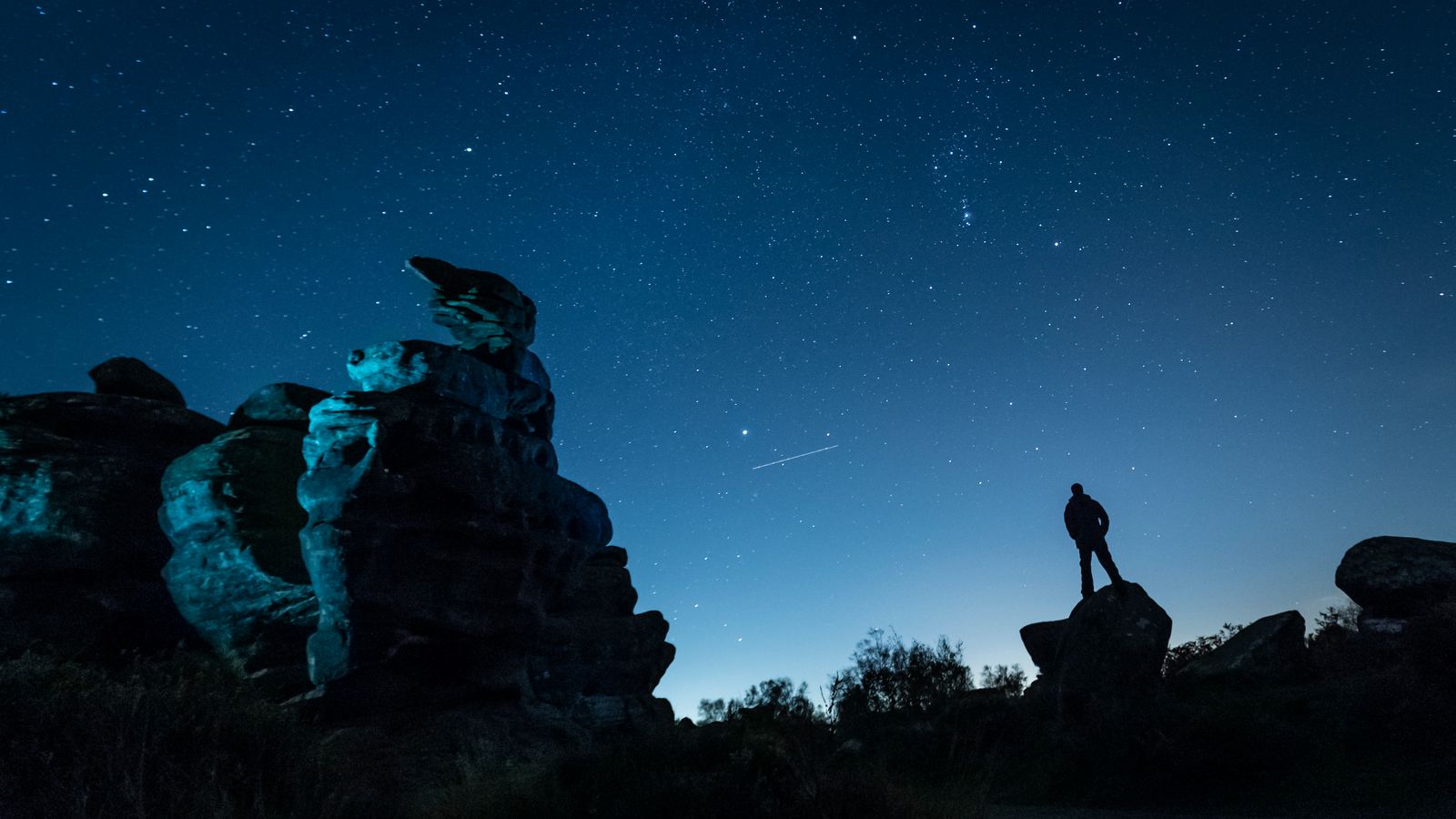Tonight’s skies will be lit up with celestial fireworks as Earth passes through debris left by Halley’s Comet.
The Orionid meteor is active throughout October, but is expected to peak on Friday night.
The shower is expected to present a dramatic light show and potentially produce up to 25 meteors every hour until the early morning of Saturday.
The phenomenon gets its name from the Orion constellation – which is one of the brightest groups of stars in the sky.
A public astronomy officer at Greenwich’s Royal Observatory, Jake Foster, said: “One of the things that makes this meteor shower extra special for some is that each meteor is a tiny piece of Halley’s Comet.”
The meteoroids can travel at high speeds of 148,000 mph through the Earth’s atmosphere and appear as vast streaks of light.
The Earth and Halley’s Comet intersect each other twice every year due their elliptical orbits around the sun. This creates the Orionids, as well as the Eta Aquariid meteor show in May.
The Orionids will be observable in both northern and southern hemispheres until 7 November.
Mr Foster added: “This year the Orionids will peak on the night of 21 October between midnight and dawn, with a maximum of 25 shooting stars per hour.
“The shower will be emanating from the constellation of Orion, which will rise from the south-eastern horizon shortly before midnight.”
To get the best view as possible, skygazers are advised to allow their eyes to adjust to the dark by avoiding artificial lights as much as possible.
Mr Foster explained: “You won’t need any kind of specialist viewing equipment to see the meteor shower, just clear skies and warm clothes.”
